Last week’s pics from my holiday were really mostly about signs. I did take some others (and a few more signs). These are from the walks I did in an area which is steeped in history. Parts of it go back to the time of the Romans and beyond.
As you approach the village from one direction, you see this magnificent hand-crafted sign. (It took over 8 months to make.)
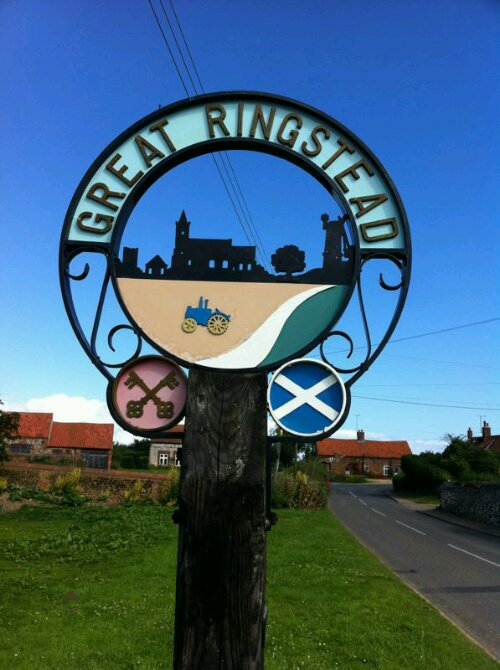
Each element in the sign has some local significance and I was curious to find out what they all represented. Local village history gave me the answer:
The cross-keys representing St Peter’s Church (now ruined).
The white cross (blue background) represents the existing St Andrew’s Church.
The beige area represents the main cereal crop – barley.
The green area represents the other main crop – sugar beet.
The white pathway between them represents an old footpath called Peddars Way which passes through the village.
The black symbols on the left middle represent churches & chapel. To the right middle, the tree is Queen Victoria’s Golden Jubilee Tree and the windmill is also local to the area. A lot of thought definitely went into this impressive creation.
As you approach from another side of the village you are greeted by this one
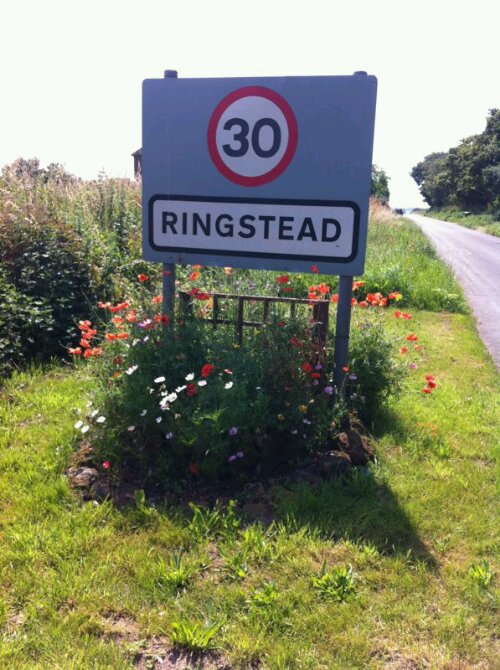
They definitely like you to feel welcome.
I found this next structure in a garden in the main street of the village. Talk about plush multi-storey avian apartments!! Ever seen one of these before?
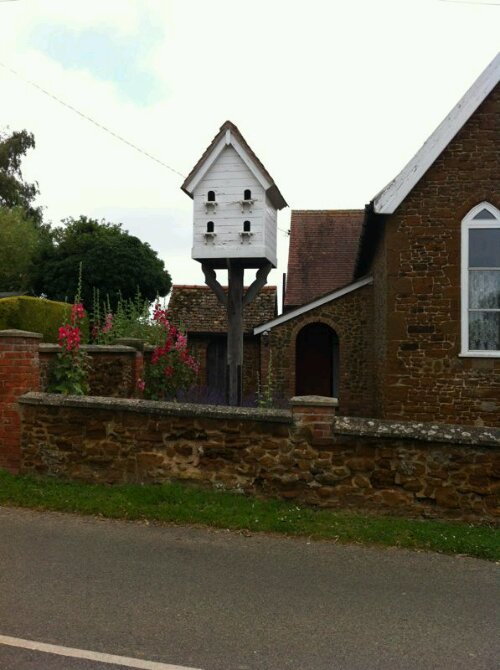
WALK NO.1
This was about 6 miles round, mostly on paths away from the roads. The route I travelled, to the next village (Sedgeford), is a small part of what is a much longer (46 miles!) ancient path called Peddars Way. Some believe its existence actually pre-dates the Romans and that they just extended and improved it. So here I was walking on a path that Roman soldiers probably marched along almost 2,000 years ago! I’m glad I wasn’t wearing armour and carrying a heavy shield as the sun was very warm and my brow was wiped many times on this walk. Here’s a section of it but can you tell which direction my compass needle was pointing if I tell you it was about 11.00am?
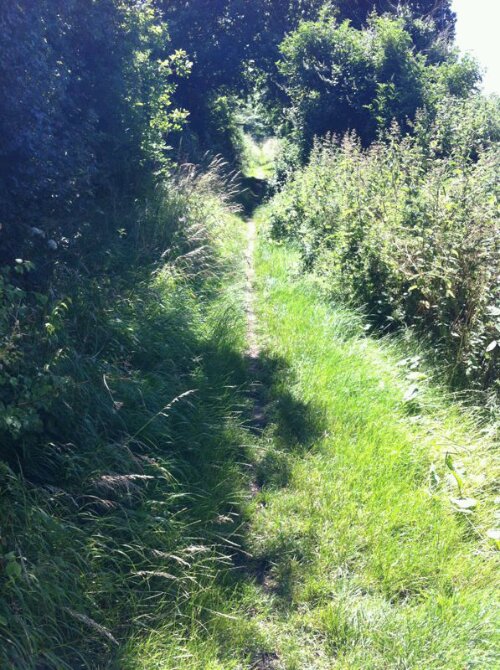
I came across this notice just half a mile along the path.
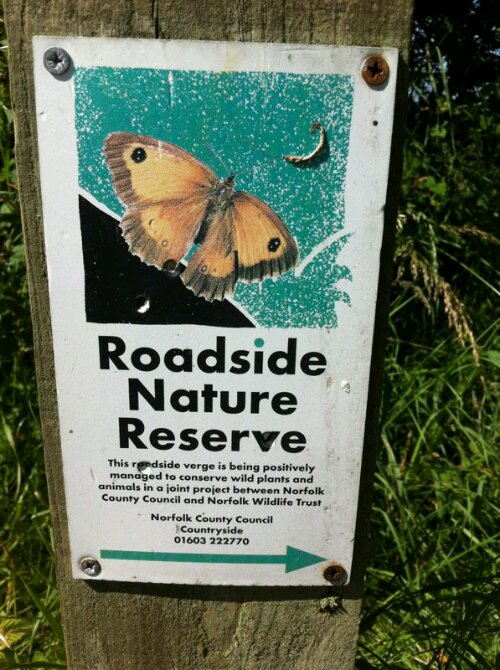
In case text in pic too small to read, at the bottom it says: “This roadside verge is being positively managed to conserve wild plants and animals in a joint project between Norfolk County Council and Norfolk Wildlife Trust. Note it’s just the “verge”; it was only a metre or so wide.
Just before joining the main road, leading into Sedgeford, the path emerged from its agrarian setting into a narrow road called Magazine Lane; also nearby were Magazine Farm & Magazine Wood. Seemed to me like an odd name to find out in the countryside. The mystery was solved a bit further along when I found this building
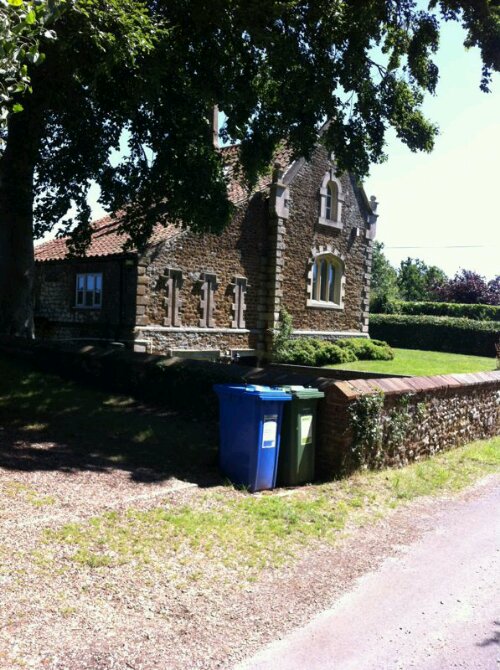
It is called Magazine Cottage and is believed to have been used as a store for gunpowder during the Civil War. It was built by the LeStrange family who we will find out more about next week. As I walked past the village pub (King William IV), and down a side road, I saw a sign for a local archaeological project:
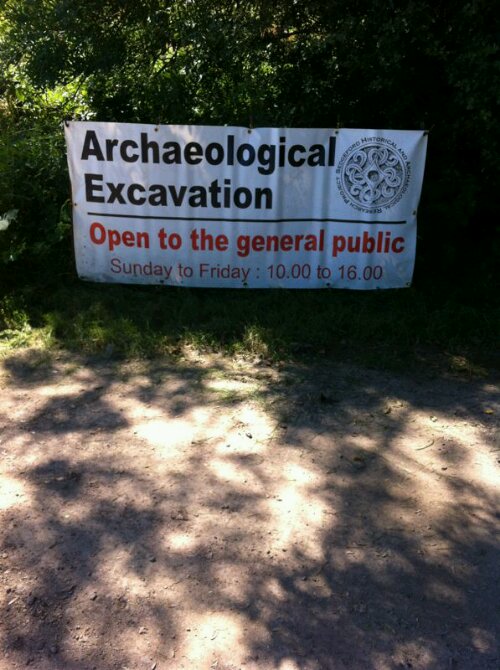
I was intrigued. I decided to visit. As well as the actual dig site there were a number of displays and talks about the finds and other general info about life in Anglo Saxon times. Volunteer diggers camp in the next field to the excavation site:

And some site facilities are what might be termed primitive. Note, in the pic below, only one tap can be used for drinking water:
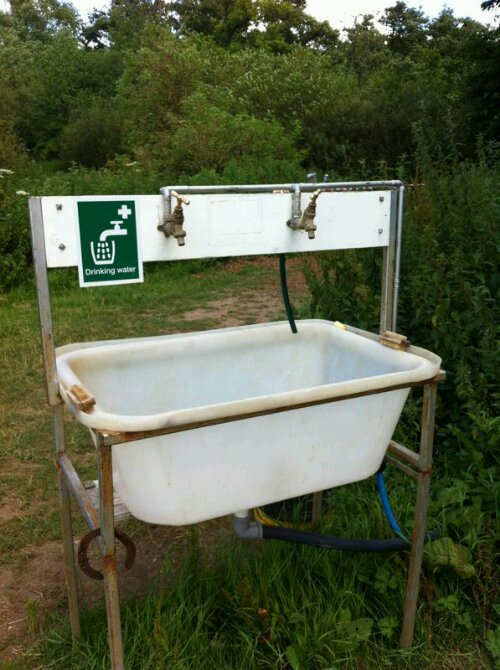
Here are some of the displays, starting with the skulls:
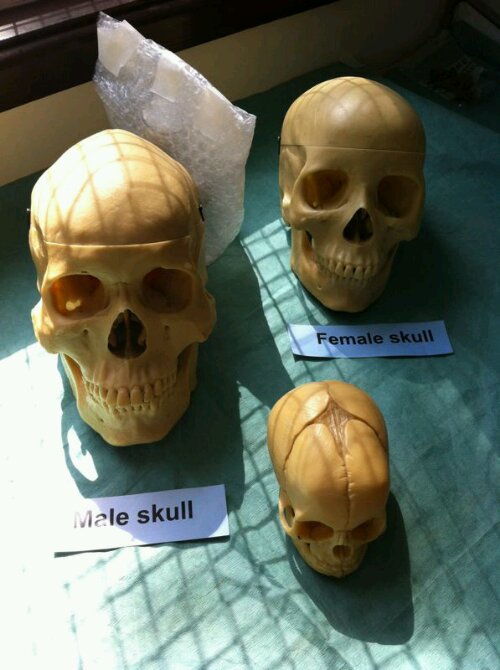
And here are three Action Men but each item they are wearing has been hand made by a guy who is very interested in the period. He’d also made models of some of the “machines” (e.g. boulder launching catapults) the Romans used in sieges and attacks in battle.
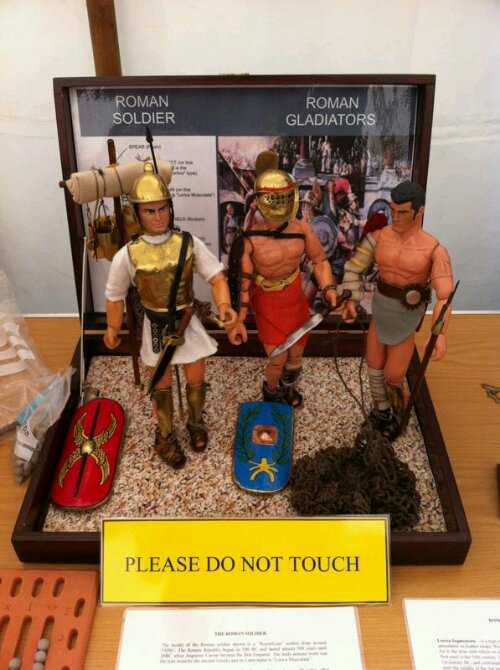
Next was a display of what they believe may have been types of food from Anglo Saxon times. The front page of the booklet to the right of pic (sorry chopped off due to trying to get all the food dishes in) says “Dishes made on the day course – Cooking up an Anglo-Saxon feast”:
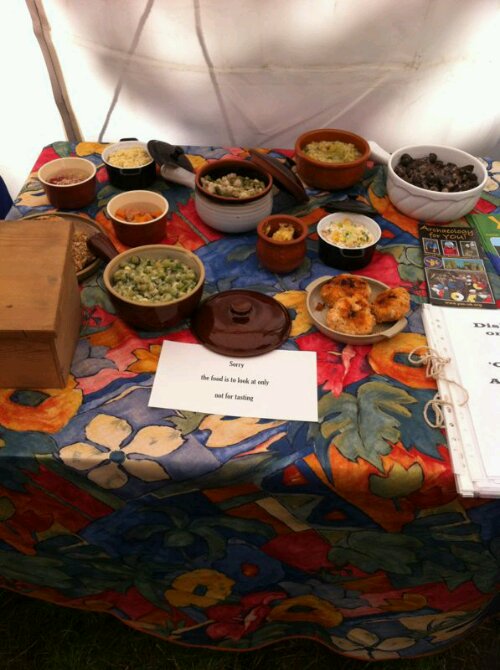
I also attended one of the 20 minute talks in a side tent. Time to put thinking cap on! Amongst other things, I learnt that an analysis of the chemicals in bones can suggest an area of the country where the individual lived. How? This is because the mix of certain elements in the water in different parts of the country can be quite specific to that area. Apparently, if you live in an area for 10 years or more, your bones will have levels of certain chemicals that have been absorbed from drinking the water in that area that will be the same as the water itself. The archaeologists compare the levels of two particular chemicals, strontium & oxygen, in the water, with the levels in the bones they find. They can then tell whether the people had lived in that area for about 10 years before their death or had moved to it from another part of the country.
Soon it was off to retrace the 3 miles back to the cottage and give my brain, as well as my legs, a rest; it had been a fascinating and very instructive time at the site. As I made my way across the field behind the site, to begin the trek home, I came across this unusual sight:
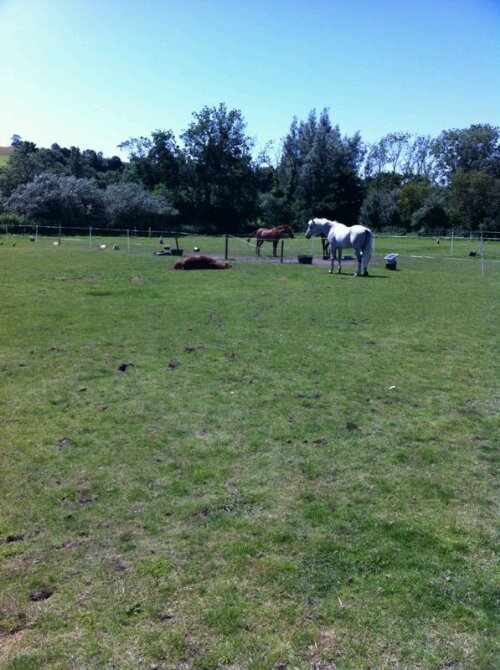
Starting with the standing white horse look left to the brown standing horse and then to, what seems to be, a brown “blob” on the floor. This “blob” really was a horse lying on its side. Every so often its tail would flick up and down but it remained in this position the whole time I was crossing the field. Was it tired or maybe sunbathing? Do horses lie down if they’re tired? Do horses sunbathe?
The following day I did a short walk, along the sea front, in the nearby town of Hunstanton. Apparently it is the only resort on the East Coast of England which actually faces west! (You’d have to look at a map to see why.) The town motto (in Latin of course) is Alios delectare iuvat, which translates to “It is our pleasure to please”. I was pleased after my visit so I suppose they succeeded. I sat down on a bench for a quick sandwich and drink. I found it was one of those which had been erected in memory of someone who’d died. Here’s the plaque:
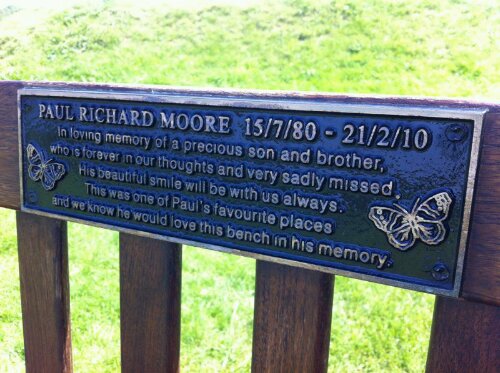
Paul Richard Moore was not famous; I, you and lots of other people, will have never heard of him but clearly he was, and still is, VERY special to those who’d put the bench there in his memory. We don’t know how he died but look at his age - just under 30 years old. Now pause for a moment and think about that. Perhaps many readers of this post are younger or just coming up to it or some maybe past that age. Imagine if that was to be all time you would have. It’s always a great sadness when parents outlive their children as it’s one of those things, like this lad’s parents, you just don’t expect to happen. I spent a few minutes in quiet reflection: each moment we’re alive we’re making withdrawals from “The Bank of Time” but without knowing the balance left in our account! Of course, no deposits are possible and you can’t be overdrawn – but your account will be closed at some point! How we “spend” our time is important.
Walking just a short distance from the bench, I saw this. It was time to put that thinking cap on again.
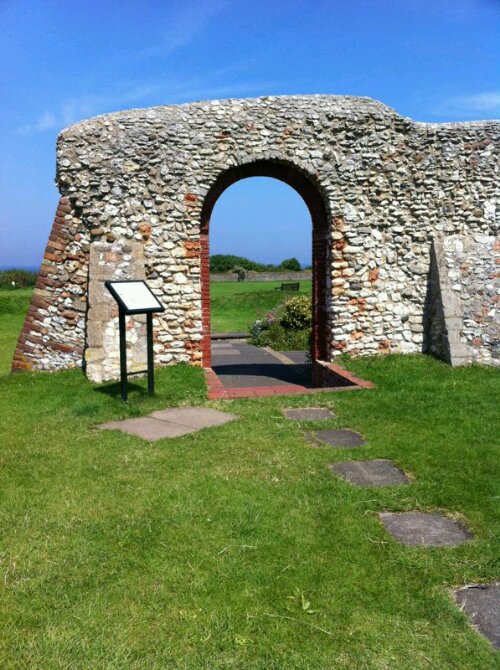
Closer inspection of the info board revealed some interesting stuff.
The wall in the pic is what is left of a chapel built in 1272AD in memory of King Edmund. Apparently he’d landed, from Germany, in 855AD and, a few years later, was crowned King of East Anglia whilst still only a boy. There was peace for a while but then invaders came from Denmark. The king was captured and, when pressed, refused to give up his Christian faith. He was tied to a tree and shot by Danish archers in 870AD aged about 29. He was interred at a place called Beodericsworth which later became known as St Edmunds Bury and finally the town we know today as Bury St Edmunds. He became the first patron saint of England and remained so for about 400 years. The current patron saint (George) was not adopted until the end of the 14th cent. Not a lot of people know that!
I came across this (Latin) motto: Alis Aptar Scientis. It means “Ready for the wings of knowing”. Well are you?
No comments:
Post a Comment